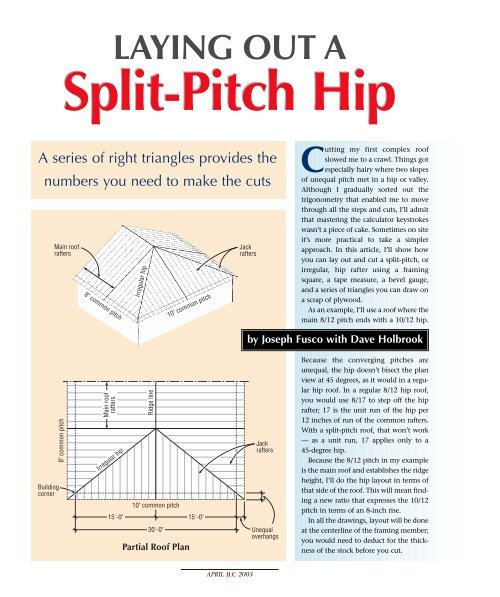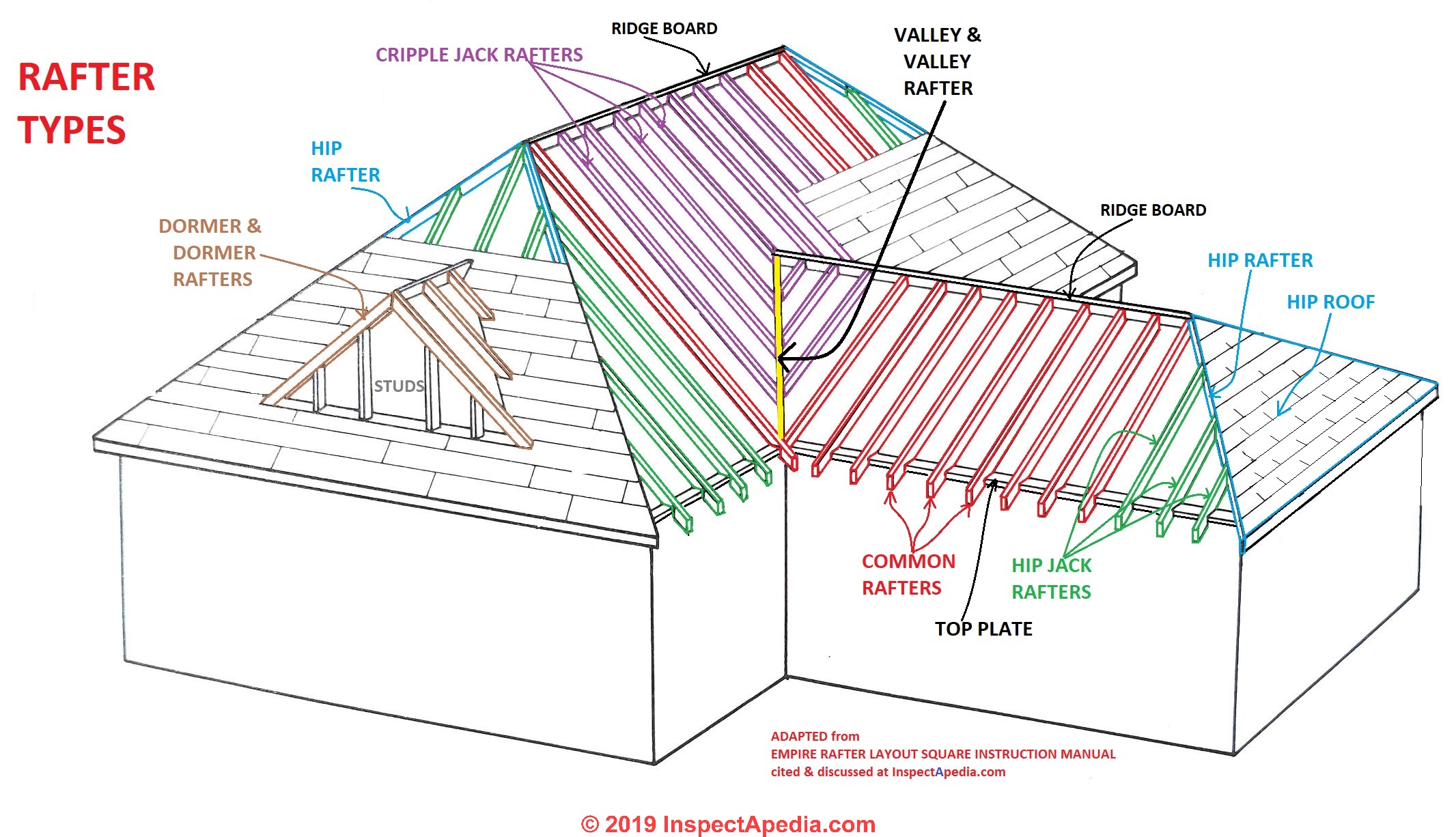Hip Roof Stick Framing With 2 Different Pitches

Learn more about off angle roof framing.
Hip roof stick framing with 2 different pitches. Select the following information by using the drop downs to enter values in feet and inches. An example of each is shown in figure 2 1. It is the form most commonly used by. Types of roofs the most commonly used types of pitched roof construction are the gable the hip the intersecting and the shed or lean to.
There are two common ways of framing the roof of a house. The hip roof framing calculator returns the value of the main rafter the side rafter the length of the hip the height of the knee wall and the lengths of the jack rafters. You ll have to find the secondary roof hip pitch the same way you found the main roof hip pitch as in figure 3b. With premanufactured trusses or with rafters and ceiling joists commonly called stick framing.
Explore framing complexities that result when roofs of two different pitches intersect. While truss roofs are the most popular construction style today by some estimates truss roofs outnumber stick frame roofs two to one there are regions of the country where builders. A hip roof or a hipped roof is a style of roofing that slopes downwards from all sides to the walls and hence has no vertical sides. Common types of roofs and basic framing terms.
Discover 5 types of hip roofs plus 22 examples of many houses that incorporate all the different hipped roof styles. To keep the porch roof framing as simple as possible we installed a structural ridge supported by posts at each end with the common rafters landing on top of the ridge. Repeat the same procedure on the side of the hip that faces the secondary roof using the hip pitch for that roof and measuring distance b. From simple to very complex computer generated hip roof designs.
A sketchup model helps clarify how various rafters and framing components are assembled in an off angle hip and valley configuration. The hip pitch in relation to the secondary roof measures out at 9 5 8 18 13 16. The same thing that occurs at a 90º corner when 2 different roof pitches are involved it just so happens because of the ratio of the roof pitches that you have 6 9 that the hip will swing to a position where it makes an angle of 41 3 4º with the 9 12 plate and 93 1 4º with the 6 12 plate as shown in the attached drawing for all practical purposes the run of the irregular hip is almost identical to the run of a 6 12 common rafter. Blind valleys simplify framing.














































